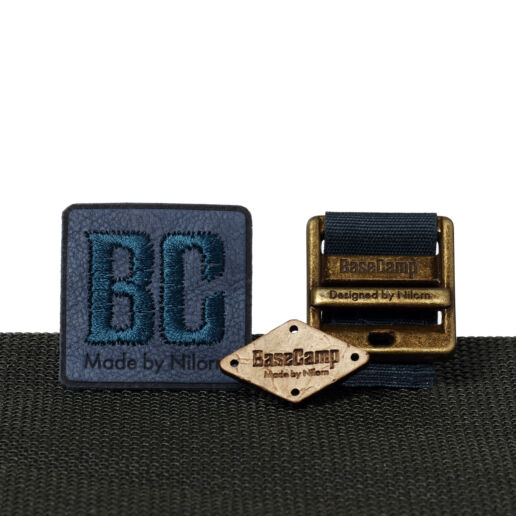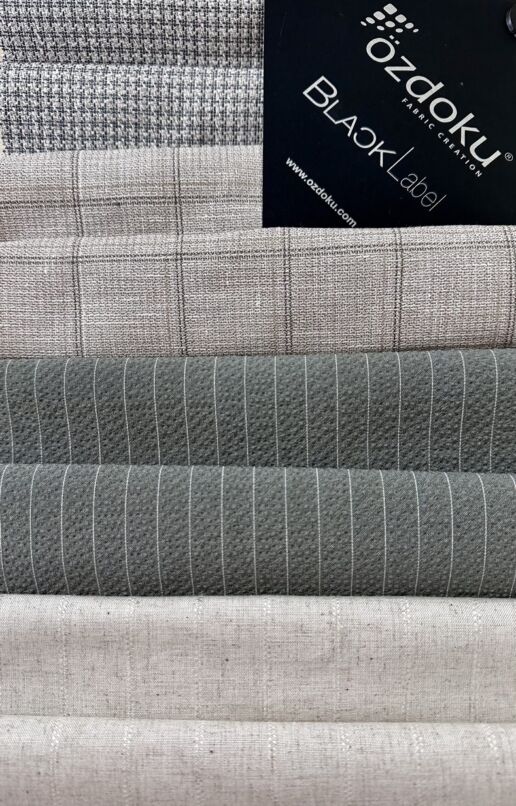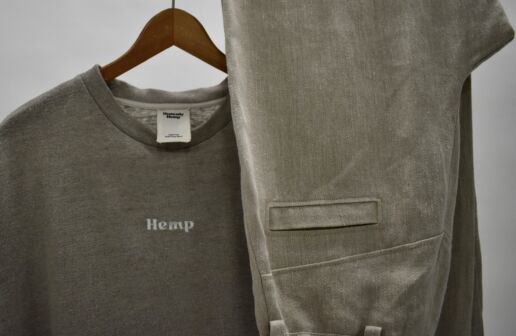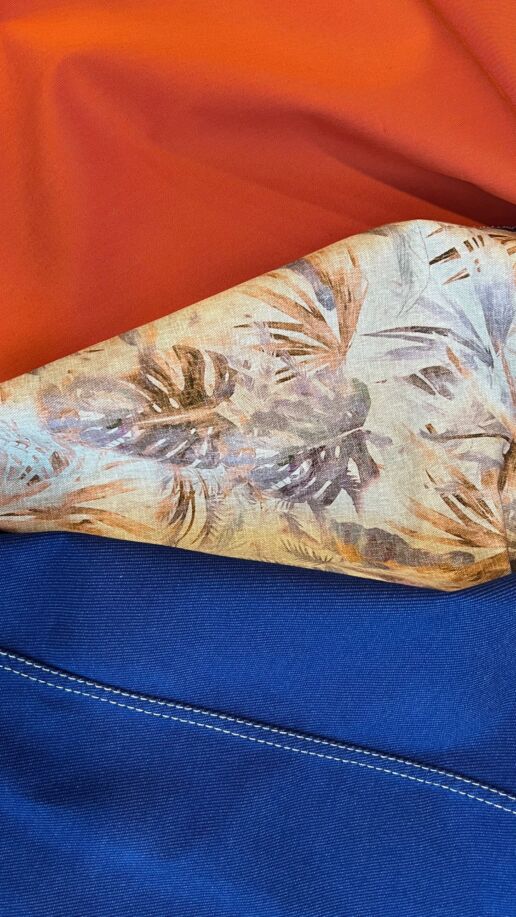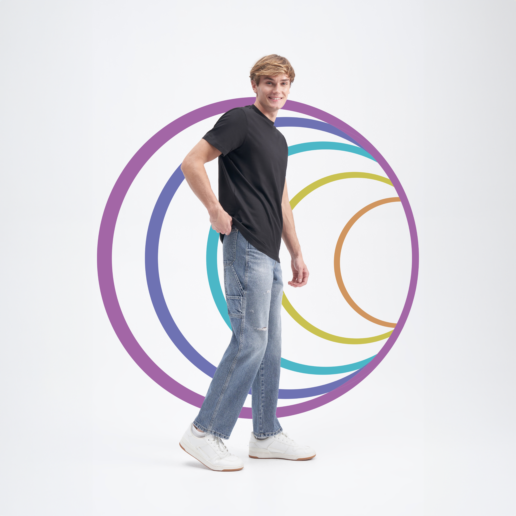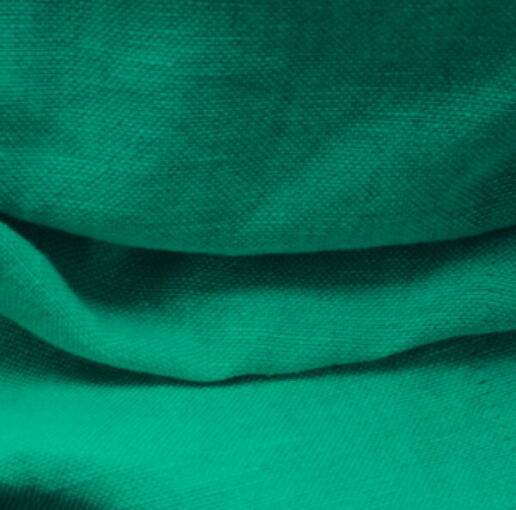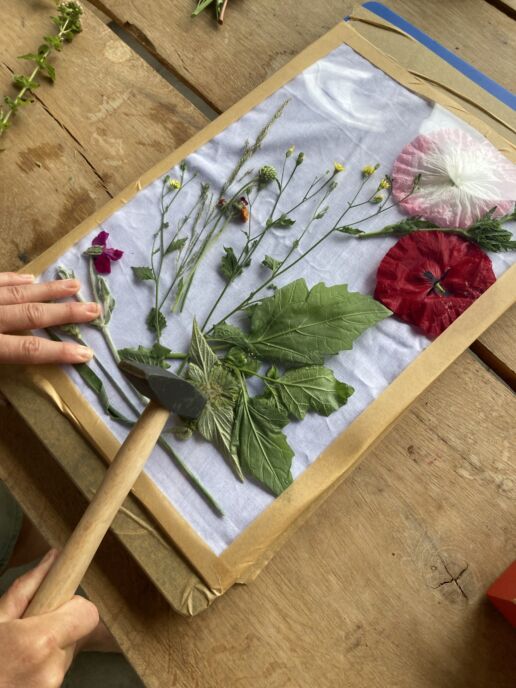The Textile Industry: What to Expect in the Next Five Years
Guest post by Muchaneta ten Napel, Founder and CEO, Shape Innovate
The textile industry has undergone remarkable changes, shifting from the use of traditional handlooms to state-of-the-art factories that produce enormous amounts of textiles and clothing. With the quickening pace of technological advancements, shifting consumer preferences, and evolving global trends, the landscape of the textile industry is on the brink of even more significant transformations in the upcoming five years.
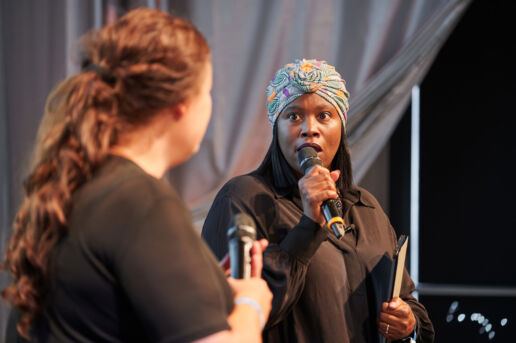
Sustainability, No Longer a Buzzword
Sustainability has evolved from a catchphrase to a prerequisite in the textile sector. The rising consciousness of consumers regarding their environmental impact has compelled textile producers to adopt eco-friendly practices. As a result, the forthcoming half-decade is expected to herald an era where sustainability is the rule, not the exception.
The focus will be reducing hazardous chemicals, water, and energy in textile production. The industry will place greater emphasis on circular production methods and using recycled materials. Brands will strive to decrease their carbon footprint while maintaining the quality and style of their products, ensuring their entire supply chain adheres to sustainability standards.
Technology, A Key Driver
Technological innovation, a key industry driver, will further shape production processes over the next five years. Automation, artificial intelligence (AI), and the Internet of Things (IoT) will redefine production efficiency. Automation will enhance efficiency, reduce manual labour, and minimise production errors, leading to quicker turnarounds, amplified production capacity, and cost reduction.
AI will enable trend prediction, production optimisation, and quality control enhancement. Textile producers will leverage AI tools to analyse data and make informed sourcing, manufacturing, and distribution decisions. By connecting devices and systems, IoT will provide the following:
- Real-time control and monitoring of production processes.
- Thus improving quality control.
- Reducing waste.
- Boosting productivity.
Demand for luxury and premium textile products will rise over the next five years. An increase in consumer financial stability and an expanding middle class in emerging markets like China and India will drive this trend. In addition, the shift in consumer behaviour due to the COVID-19 pandemic towards prioritising comfort, quality, and durability over fast fashion will likely persist.
The Rise of Local Production
The pandemic also highlighted global supply chains’ vulnerability, causing production and delivery disruptions. The coming years will see a rise in local production as brands seek to reduce dependency on foreign suppliers. This shift towards local production will bring quicker turnarounds, lower transportation costs, reduced carbon footprint, and greater control over the supply chain. It will also stimulate local economies by creating job opportunities and nurturing local textile industries.
However, local production comes with challenges, including potentially higher costs than overseas production and the need for a skilled workforce. Nevertheless, the brands that successfully adapt to these shifts and meet evolving consumer needs will flourish in the upcoming years. In addition, the textile industry’s transformation presents an opportunity to address long-standing issues such as environmental sustainability, ethical production, and supply chain transparency, promising an exciting future.
In conclusion, the textile industry is poised for a significant evolution in the next five years, propelled by consumer behaviour, global trends, and technological advancements.
The textile industry is poised for a significant transformation in the next five years. Its evolution presents an opportunity to address long-standing challenges such as environmental sustainability, ethical production, and supply chain transparency.
All in all, it is an exciting time for the textile industry, and the next five years will undoubtedly shape its future.
Are you interested in more in-depth facts and figures on the new textile economy?
Visit the Shape Innovate Lounge in H5 | 04 or attend the mini-lectures in the Keyhouse.

About the author
Founding editor-in-chief of Shape Innovate, Muchaneta has worked in the fashion industry for over 14 years. She is currently one of the leading influencers speaking and writing about the merger of fashion with technology and wearable technology.
Muchaneta ten Napel | m@shapeinnovate.com
THIS ALSO MIGHT BE INTERESTING FOR YOU
The latest accessory developments for Spring.Summer 25 – Part IV
25. April 2024
At the core of MONO‘s philosophy lies the idea of using single or minimal materials that are easily separable, making reuse and recycling for garments more accessible and efficient.
BLUEZONE Signature Spring.Summer 25 – Part III
23. April 2024
The aim is to showcase not only the Japanese heritage ofthe ancient hand-stitch technique but also to raise awareness about the significance of repairing and repurposing clothing.
Fabric Trends Spring.Summer 25 – Part VI
18. April 2024
With a rich legacy and a focus on sustainability, they offer a diverse range of ecofriendly fabrics like Modal, Tencel, Linen, Organic and Regenagri Cotton. Their commitment to quality meets the latest fashion trends through innovative designs.
The latest accessory developments for Spring.Summer 25 – Part III
16. April 2024
With new recycled materials and innovative dyeing techniques, they create environmentally friendly designs. Organic polyester gives additional sustainability, while customised designs emphasise personal style.
Honestly Hemp – Sustainable Innovations
11. April 2024
Her vision: to create an entire outfit made wholly from hemp fibre and end the stigma surrounding the plant.
Fabric Trends Spring.Summer 25 – Part V
9. April 2024
At the heart of this collection is Q-Cycle by Fulgar™, a revolutionary approach that incorporates end-of-life tires into the mass balance technology used during its production, minimizing waste and giving a new life to materials that would contribute to environmental challenges.
BLUEZONE Signature Spring.Summer 25 – Part II
4. April 2024
The designer has given free rein to his creativity to develop his vision of high quality, making increased use of ISKO's Ctrl+Z material science.
BioBase – Sustainable innovations
2. April 2024
The project targets the establishment of biobased polymers in the textile industry, demonstrating their full potential.
Fabric Trends Spring.Summer 25 – Part IV
28. March 2024
Summer, sun, well-being: Cooling materials such as cotton, linen, hemp is wanted as plain or combined qualities.
Blooming Minds – Sustainable Innovations
26. March 2024
Elizabeth’s research focuses on combining nature – especially the use of natural and recycled materials – and community, a social practice which weaves themes such as mental health while encouraging accessible creativity.


